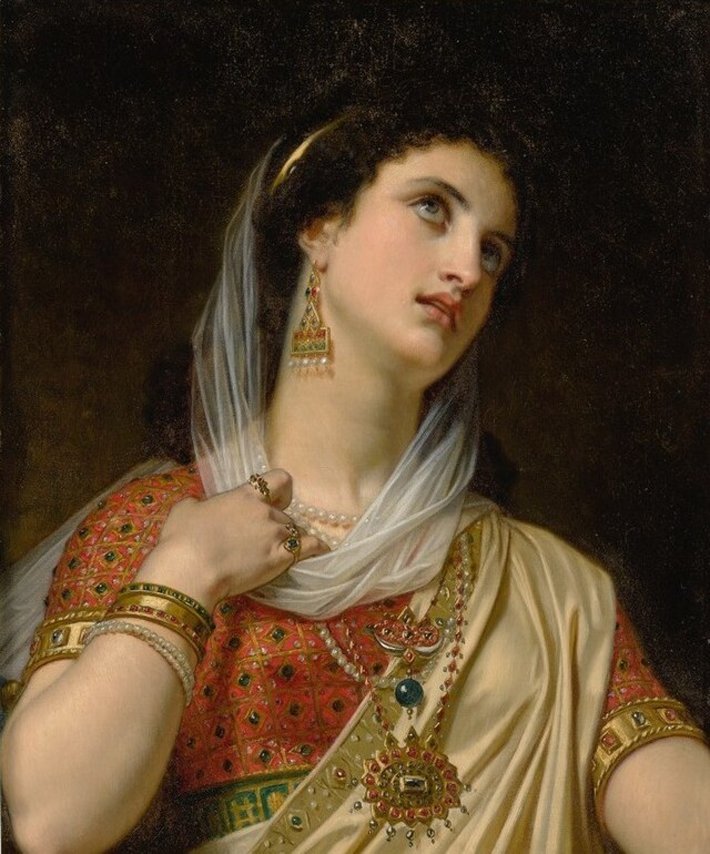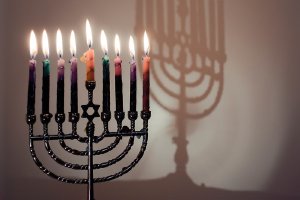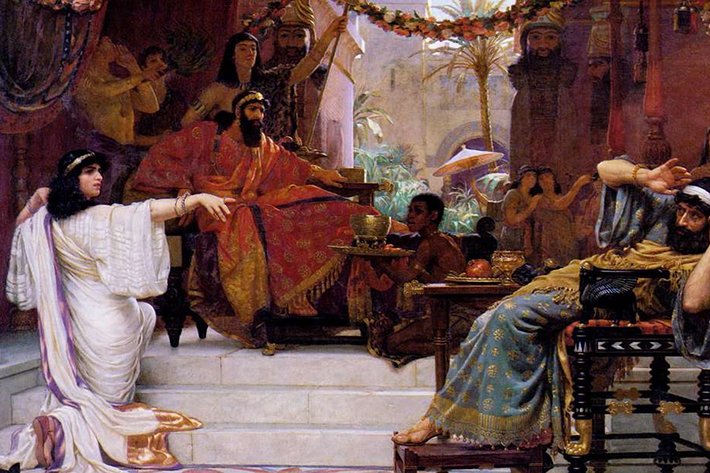The Jewish holiday of Purim, celebrated this year on March 24 and occurring most often during the cusp of winter turning into spring, is a minor holiday in the Hebrew calendar. Its source is the Old Testament Book of Esther—an anomaly of the canon, for it is the rare book of the Bible that has no mention of God. Unlike its sister holidays, the story of Purim involves no overt miracles. No v©ial of oil miraculously lasting eight days, no pillars of fire, no parting of mighty waters, no divine mountaintop revelations. It is simply a story of a courageous queen who saved her people from annihilation at the hands of ancient Persia's Hitler-like grand vizier, Haman.

Though the holiday is minor, it is by no means quiet. During the synagogue reading of the Book of Esther, whenever the name of Haman, the villain of the piece, is mentioned, the place erupts in a din of whirling rattles called “groggers” which can match a widow-maker or leaf-blower in decibel power. Groggers in the hands of 100 or more children, accompanied by the stamping of feet and pounding of seats, create the cumulative effect of a hurricane of sound that rivals the loudest heavy metal concert imaginable. And, though the name of Haman is mentioned 54 times, thus necessitating 54 such outbursts, children for centuries have shown remarkable vitality and endurance, remaining at peak energy with those groggers.
The noisemaking has its roots in the Old Testament book of Deuteronomy, wherein God commands Israel, “Thou shalt blot out the remembrance of Amalek from under heaven; thou shalt not forget.˙H Amalek was a nomadic tribe that, in a cur-like act of cowardice, ambushed the rear of the Israelites—and thus the elderly, sick and feeble—as they made their way out of Egypt. Haman is regarded as a descendant of Amalek. So the noisemaking is a literal blotting out of the name of Haman, the Amalekite.
The relevance of the holiday to our own time is obvious. Antisemitism was a deadly threat in the days of the Jewish Queen Esther of Persia, continued to be a threat through the Dark Ages, through the pogroms of turn-of-the-century Russia, through the Holocaust, and since October 7, rears up out of the shadows unabated and unashamed today.
Not surprisingly, Adolf Hitler, too, is regarded in Orthodox Judaism as a descendant of Amalek, as indeed are all virulent, unapologetic antisemites. Hitler was aware of Purim, knew the Purim story and banned the holiday and its observances. In a cruel twist on the Book of Esther, the dictator timed certain atrocities to the holiday. On Purim 1942, 10 Jews were hanged to “avenge” the hanging of Haman’s 10 sons. That same day the Nazis shot some 5,000 Jews, mostly children, in the Minsk ghetto. Similarly, the following year, Purim 1943, the Nazis shot 10 Jews from a Polish ghetto. On Purim eve that same year, over 100 Jewish doctors and their families were shot by the Nazis in yet another Polish community; and the following day, more Jewish doctors from another Polish town were murdered.
Still, Jews in ghettos and elsewhere continued to celebrate Purim in defiance of Hitler's edict.
Yes, darkness underpins the Purim holiday’s joyous, often carnival-like atmosphere. And, this year, the celebrations in Israel and elsewhere will likely be somewhat muted. Rabbis will sermonize from their pulpits, drawing parallels between Queen Esther’s day and our present dark times—when Jews are often afraid to display any overt symbols of their faith, such as a Star of David necklace or the religious head covering, the yarmulke.
But Purim has always—not just this year—been the most “modern” of Jewish holidays. Its time in history coincides with the end of the age of miracles and the beginning of humans bearing their burdens alone (while still gazing heavenward). Even the name Esther, derived from the pagan deity Ishtar, whose name was later adopted by the Romans as Venus, has been an open subject for scholars and Talmudists over the centuries. They say that just as Venus is the morning star, the last to shine after all others are gone, so Esther and her story is the last great Old Testament story and is the transition between the ancient and the modern, just as Venus signals the end of night and the beginning of day.
That is one interpretation. But perhaps the best is that Esther/Ishtar/Venus is an analogy of the Jewish people. After all others have faded from the world stage into the starless night of oblivion—the Sumerians, the ancient Egyptians, the Babylonians, the Romans—all these grand conquering mighty nations, all gone—the Jewish people carry on. And on.
_________________
From its beginnings, the Church of Scientology has recognized that freedom of religion is a fundamental human right. In a world where conflicts are often traceable to intolerance of others’ religious beliefs and practices, the Church has, for more than 70 years, made the preservation of religious liberty an overriding concern.
The Church publishes this blog to help create a better understanding of the freedom of religion and belief and provide news on religious freedom and issues affecting this freedom around the world.
The Founder of the Scientology religion is L. Ron Hubbard and Mr. David Miscavige is the religion’s ecclesiastical leader.
For more information, visit the Scientology website or Scientology Network.


